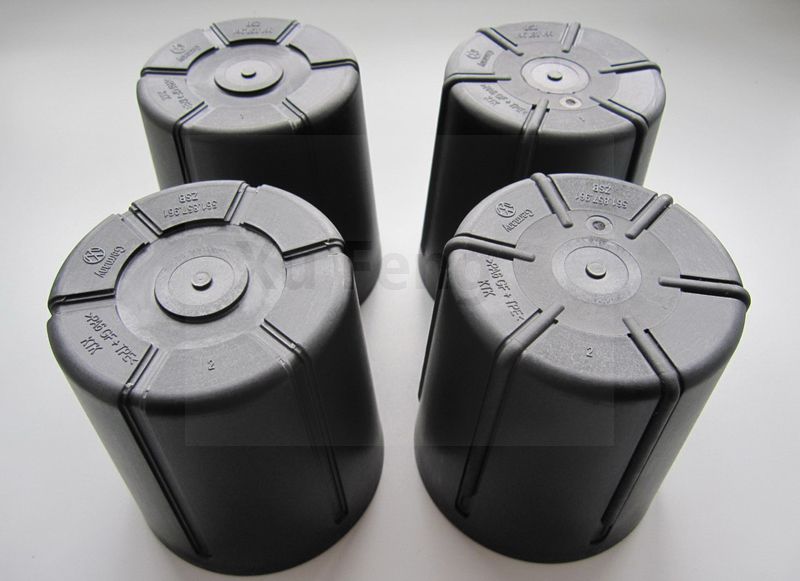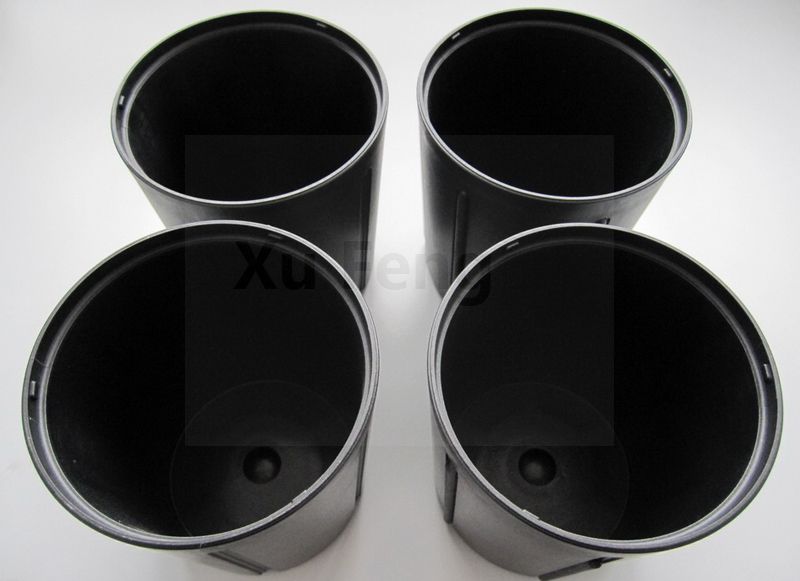 Aug. 08, 2023
Aug. 08, 2023
Low volume production plastic moulding has revolutionized the manufacturing landscape by offering a cost-effective and efficient solution for producing small batches of plastic parts. This innovative process combines the benefits of traditional plastic moulding techniques with the flexibility and cost savings required for small-scale production runs. In this article, XuFeng delve into the intricacies of low volume production plastic moulding, its advantages, applications, and the impact it has on various industries.
Hot Tags: More products
Understanding Low Volume Production Plastic Moulding
Low volume production plastic moulding refers to the manufacturing process of creating plastic parts in smaller quantities, typically ranging from a few hundred to a few thousand units. Unlike traditional mass production methods that may require extensive tooling and setup costs, low volume production moulding offers a streamlined approach that is tailored to meet the specific needs of limited production runs.
Advantages of Low Volume Production Plastic Moulding
(1)Cost-Efficiency: Low volume production moulding eliminates the need for large-scale tooling and extensive setup costs, making it a cost-effective solution for small batches. It allows manufacturers to minimize upfront expenses and allocate resources more efficiently.
(2)Quick Turnaround: Traditional moulding methods might take longer to set up for small runs, but low volume production moulding boasts shorter lead times. This enables manufacturers to respond swiftly to market demands and reduce time-to-market for their products.
(3)Customization: For industries that require customized or specialized parts, low volume production moulding provides the flexibility to modify moulds and designs without incurring exorbitant expenses. This is particularly beneficial for prototyping and product development.
(4)Reduced Waste: Mass production often results in excess waste due to overproduction. Low volume production plastic moulding minimizes waste by producing only the required quantity, making it an environmentally conscious choice.
Applications in Various Industries
(1)Automotive: Low volume production moulding is utilized to create plastic components for prototypes, customized parts, and small production runs. From dashboard components to interior trim pieces, this process aids in achieving design flexibility and functional prototypes.
(2)Consumer Electronics: The fast-paced world of consumer electronics demands quick responses to changing trends. Low volume production moulding enables the production of small batches of casings, buttons, and components, catering to niche markets.
(3)Medical Devices: Medical equipment often requires precise, customized parts. Low volume production moulding is crucial for producing prototypes, testing designs, and manufacturing limited quantities of specialized medical devices.
(4)Industrial Equipment: From machinery components to housing for electronic controls, low volume production plastic moulding facilitates the creation of functional parts that meet specific industrial requirements.
(5)Aerospace: The aerospace industry benefits from low volume production moulding for creating lightweight, high-performance plastic components for aircraft interiors, prototypes, and specialized equipment.
Low volume production plastic moulding has emerged as a game-changer in manufacturing, offering a tailored approach to producing plastic parts in limited quantities. Its cost-efficiency, customization options, and quick turnaround times make it an attractive solution for industries ranging from automotive to aerospace. As technology advances, the boundaries of what can be achieved through low volume production moulding continue to expand, contributing to innovation and progress across various sectors. As industries seek efficient ways to bring products to market and fulfill niche demands, low volume production plastic moulding stands as a versatile and indispensable tool in the modern manufacturing landscape.